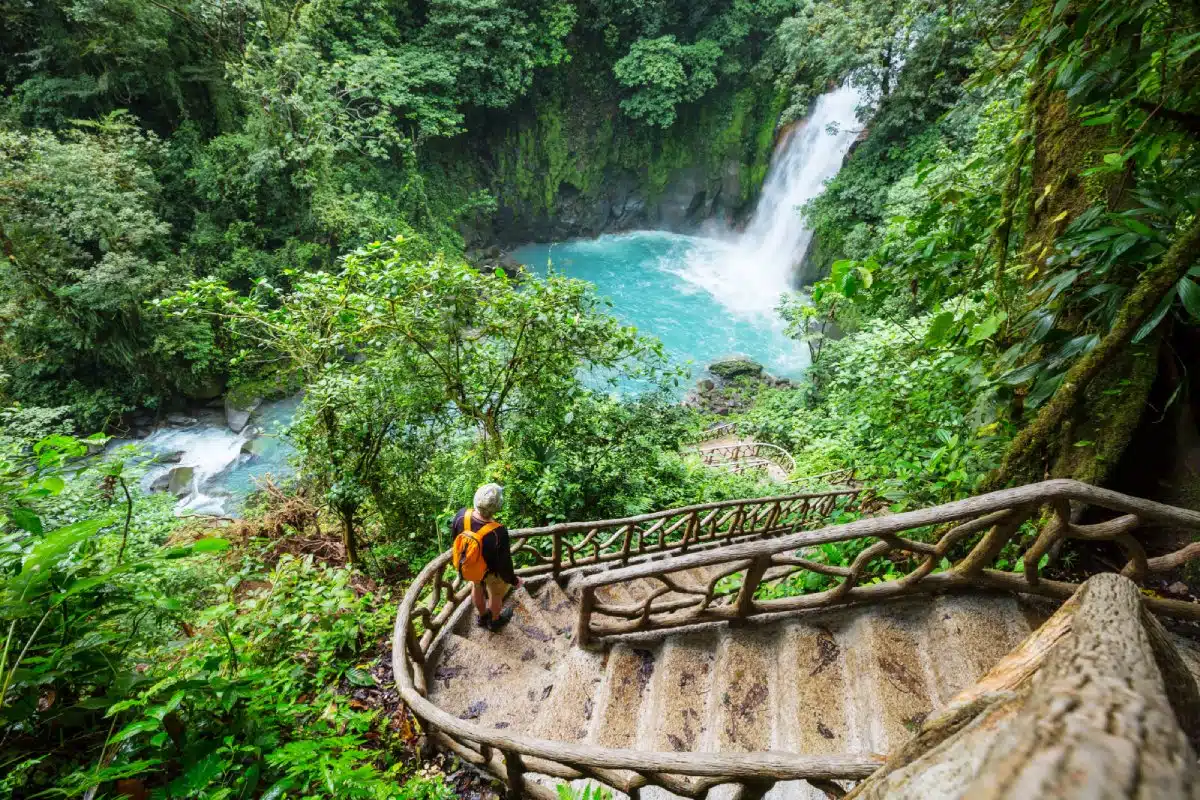Latin America, a region rich in biodiversity and cultural heritage, offers a plethora of opportunities for the eco-conscious traveler. This guide explores breathtaking destinations within Latin America that also champion sustainable travel practices. From eco-lodges nestled in the heart of the Amazon rainforest to community-led tourism initiatives in the Andean highlands, each destination is a testament to the region’s commitment to preserving its natural and cultural riches.
1. Amazon Rainforest, Brazil
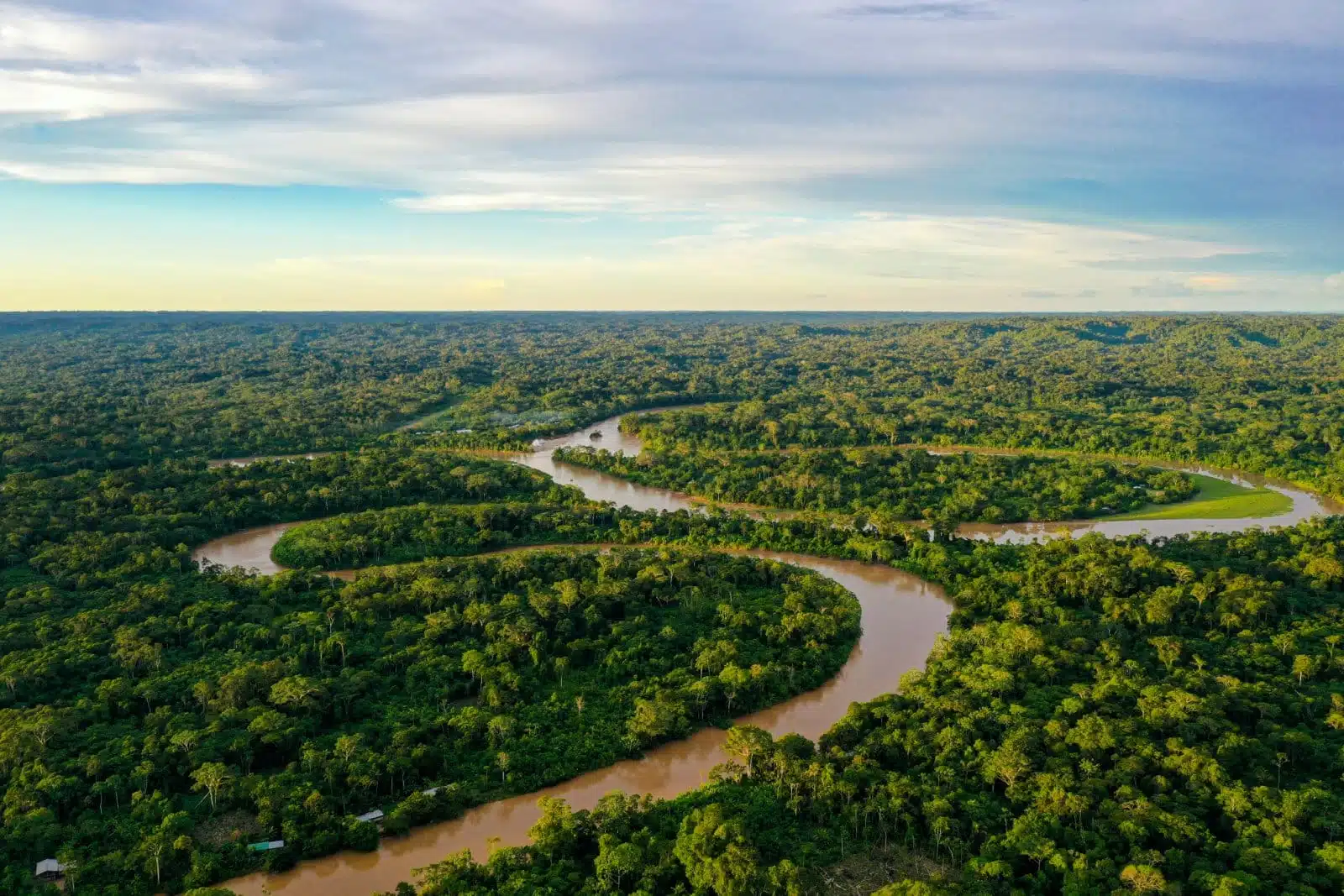
Image Credit: Shutterstock / Panga Media
The Amazon Rainforest beckons you to immerse yourself in its verdant embrace. At eco-lodges like Cristalino Lodge, your stay contributes to conservation efforts. Engage in activities like guided rainforest treks, bird watching, and canoe trips led by knowledgeable local guides. These experiences bring you closer to nature and highlight the importance of preserving this vital ecosystem. The nocturnal wildlife treks present a unique opportunity to encounter the Amazon’s diverse nocturnal species, adding a thrilling dimension to your adventure.
Insider’s Tip
Opt for a guided nocturnal wildlife trek to experience the Amazon’s unique nocturnal species.
When to Travel
The dry season from June to November offers the best wildlife viewing opportunities.
How to Get There
Fly to Manaus, Brazil, and then take a connecting flight or boat trip to your chosen eco-lodge.
2. Galapagos Islands, Ecuador

Image Credit: Shutterstock / Maridav
As a UNESCO World Heritage site, the Galapagos Islands present a delicate balance of unique wildlife and mindful tourism. Choosing eco-friendly accommodations like Pikaia Lodge allows you to explore this natural wonder while supporting sustainable practices. Snorkeling with exotic marine life, touring wildlife habitats, and visiting the Charles Darwin Research Station are gateways to understanding the fragile ecology of these islands.
Insider’s Tip
Reserve tours and accommodations well in advance due to limited visitor quotas to protect the ecosystem.
When to Travel
December to May provides warmer weather and calmer seas.
How to Get There
Fly to Quito or Guayaquil in Ecuador, followed by a flight to one of the Galapagos Islands.
3. Torres del Paine, Chile
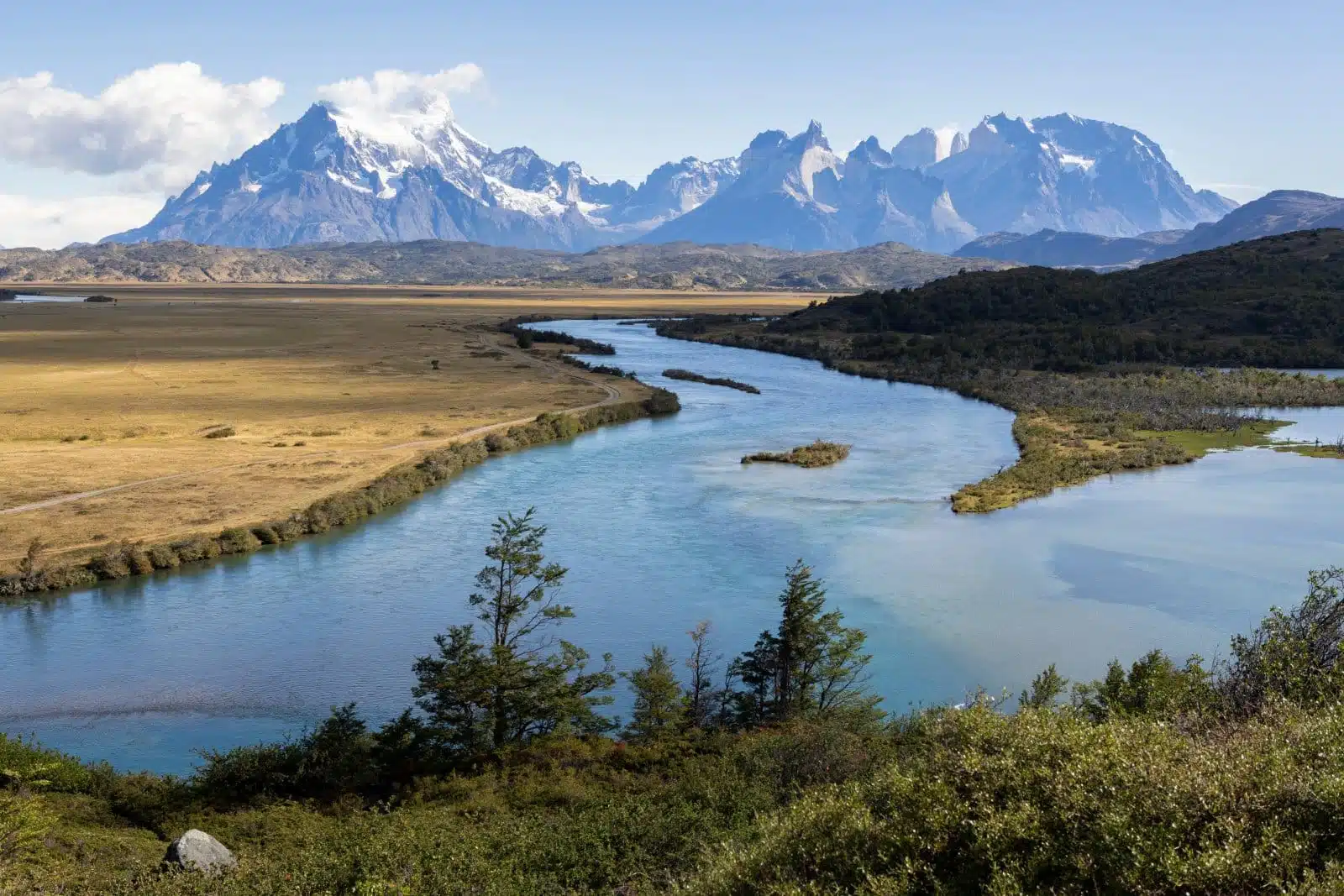
Image Credit: Shutterstock / Freedom_wanted
In the heart of Chilean Patagonia, Torres del Paine National Park is perfect for trekkers and nature enthusiasts. The EcoCamp Patagonia, with its environmentally considerate geodesic domes, offers a sustainable way to experience the park’s rugged beauty. The famous W Trek and wildlife viewing and photography tours offer a comprehensive exploration of this majestic landscape, providing insights into its geographical and ecological wonders.
Insider’s Tip
Book guided treks to gain insight into the park’s geography and ecosystems.
When to Travel
The peak season is from November to early March, with more moderate weather.
How to Get There
Fly to Punta Arenas, Chile, and then take a bus or private transfer to the park.
4. Sacred Valley, Peru
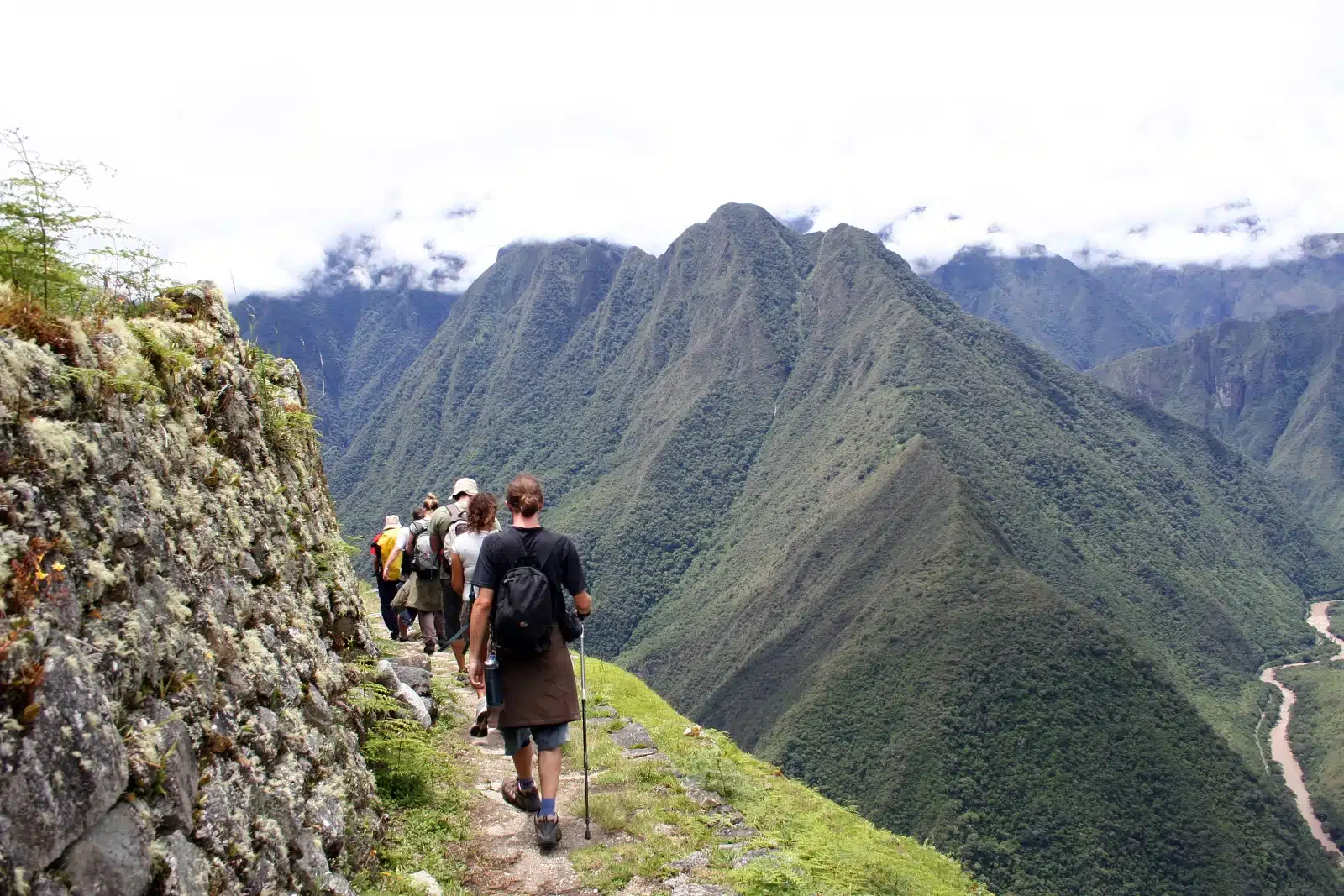
Image Credit: Shutterstock / J Duggan
The Sacred Valley, a treasure trove of Inca heritage, offers a culturally immersive travel experience. By staying at places like Sol y Luna, which supports local education projects, your visit helps empower the local community. The valley invites you to explore ancient Inca ruins, bustling local markets, and engage in community-led tourism experiences, each rich in cultural significance and steeped in history.
Insider’s Tip
Engage in a traditional Pachamanca feast, cooked using ancient methods.
When to Travel
April to October offers dry weather, ideal for hiking and exploration.
How to Get There
Fly to Cusco, followed by a train or bus journey to the Sacred Valley.
5. Costa Rica’s Osa Peninsula
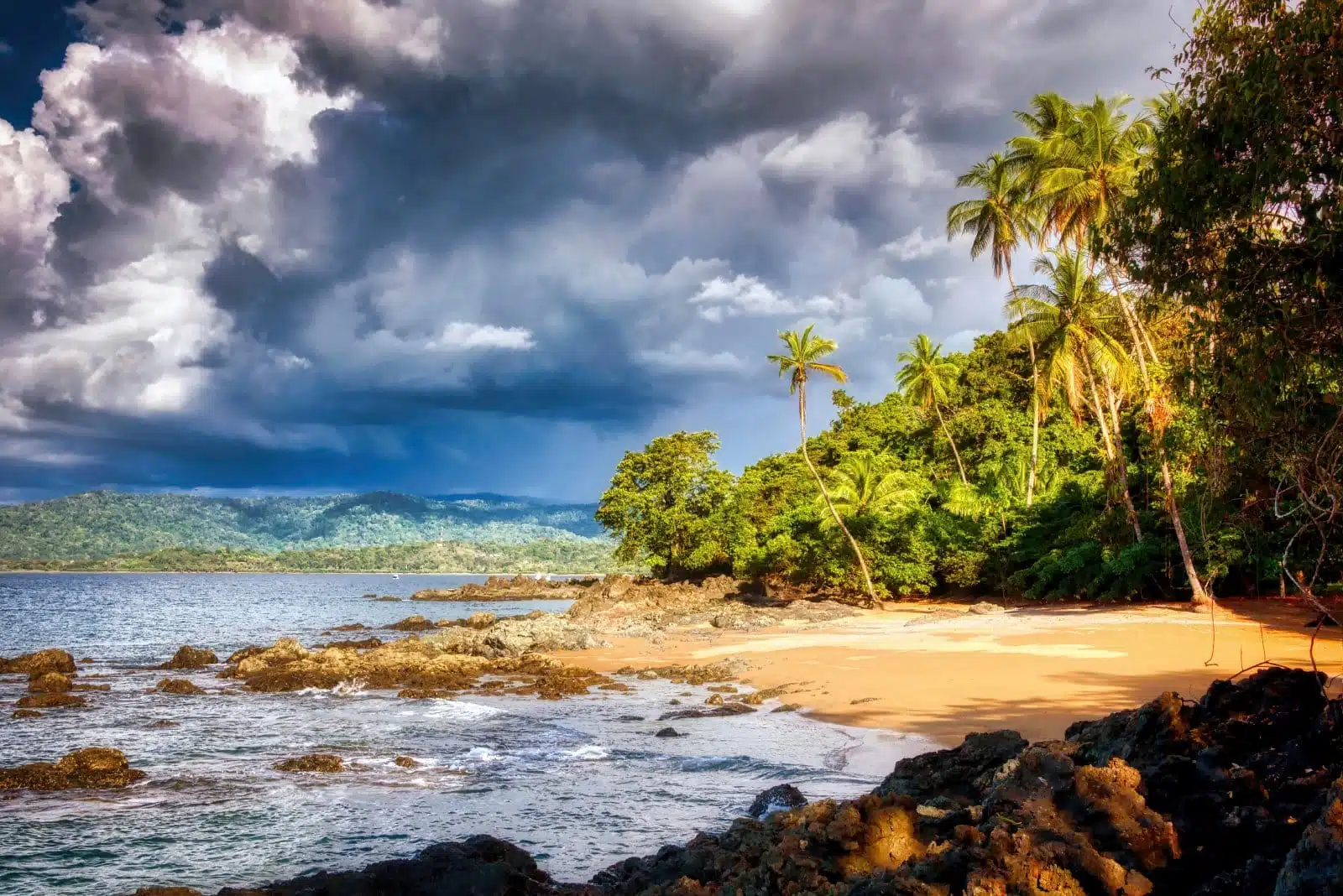
Image Credit: Shutterstock / PAUL ATKINSON
Renowned for its abundant biodiversity, the Osa Peninsula exemplifies Costa Rica’s commitment to conservation. Lodges like Lapa Rios, nestled in a private nature reserve, prioritize environmental education and sustainable practices. Here, guided rainforest hikes and wildlife spotting are more than just leisure activities; they are immersive experiences highlighting the importance of preserving such diverse ecosystems.
Insider’s Tip
Take part in a guided night walk for a chance to observe nocturnal wildlife.
When to Travel
From December to April, the dry season is ideal for wildlife viewing and hiking.
How to Get There
Fly to San José, Costa Rica, and then take a domestic flight to Puerto Jimenez or Drake Bay.
6. The Pantanal, Brazil
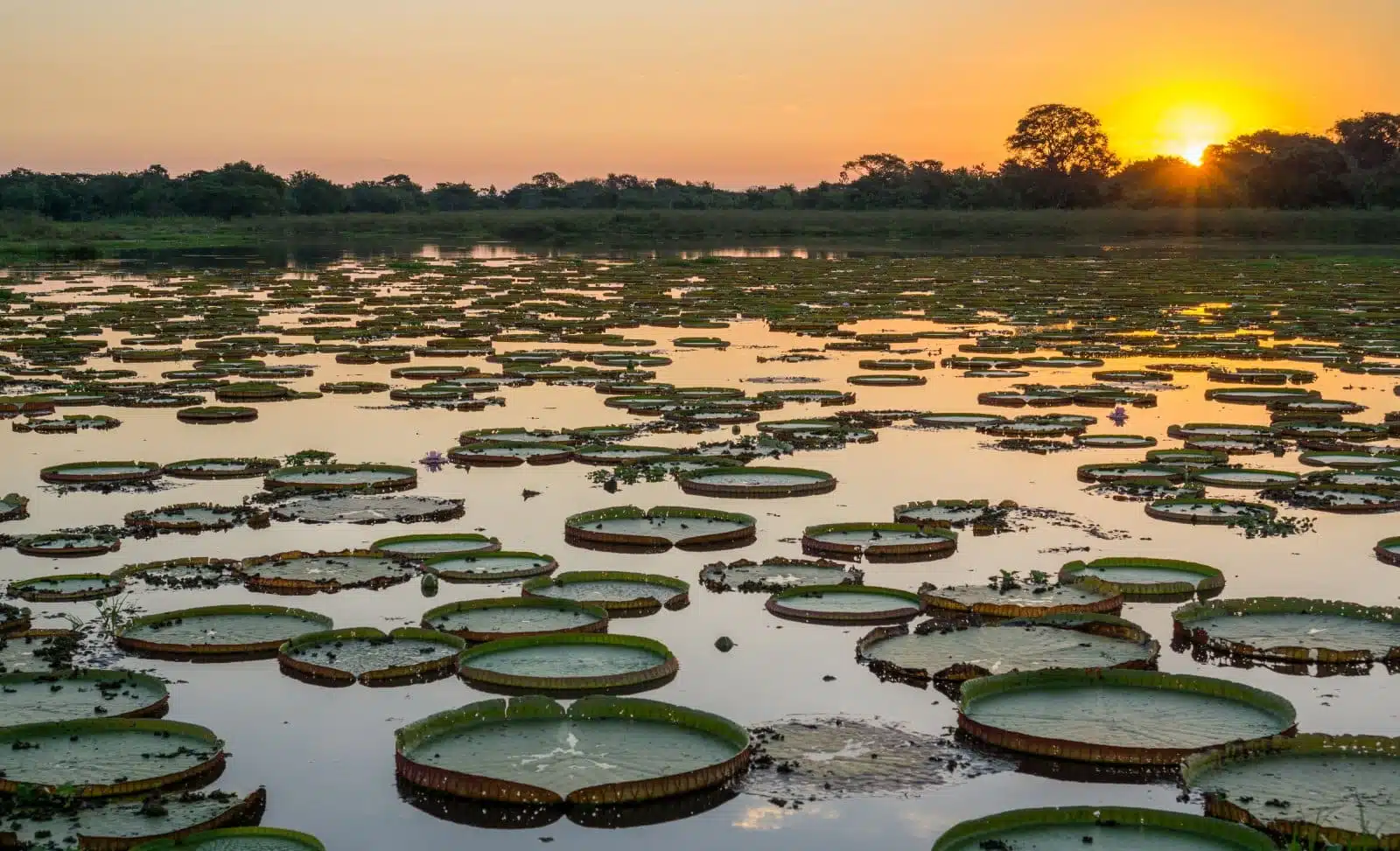
Image Credit: Shutterstock / FCG
The Pantanal, one of the largest tropical wetlands globally, offers an ecological paradise. Staying in eco-lodges like Araras Eco Lodge allows for an authentic experience of this unique biome. Wildlife safaris, bird watching, and horseback riding provide spectacular sightings and emphasize the importance of conserving this UNESCO World Heritage site.
Insider’s Tip
Opt for a sunrise safari for spectacular wildlife viewing.
When to Travel
The dry season from May to September is best for animal sightings.
How to Get There
Fly to Cuiabá, Brazil, followed by a drive to the Pantanal region.
7. Tayrona National Park, Colombia
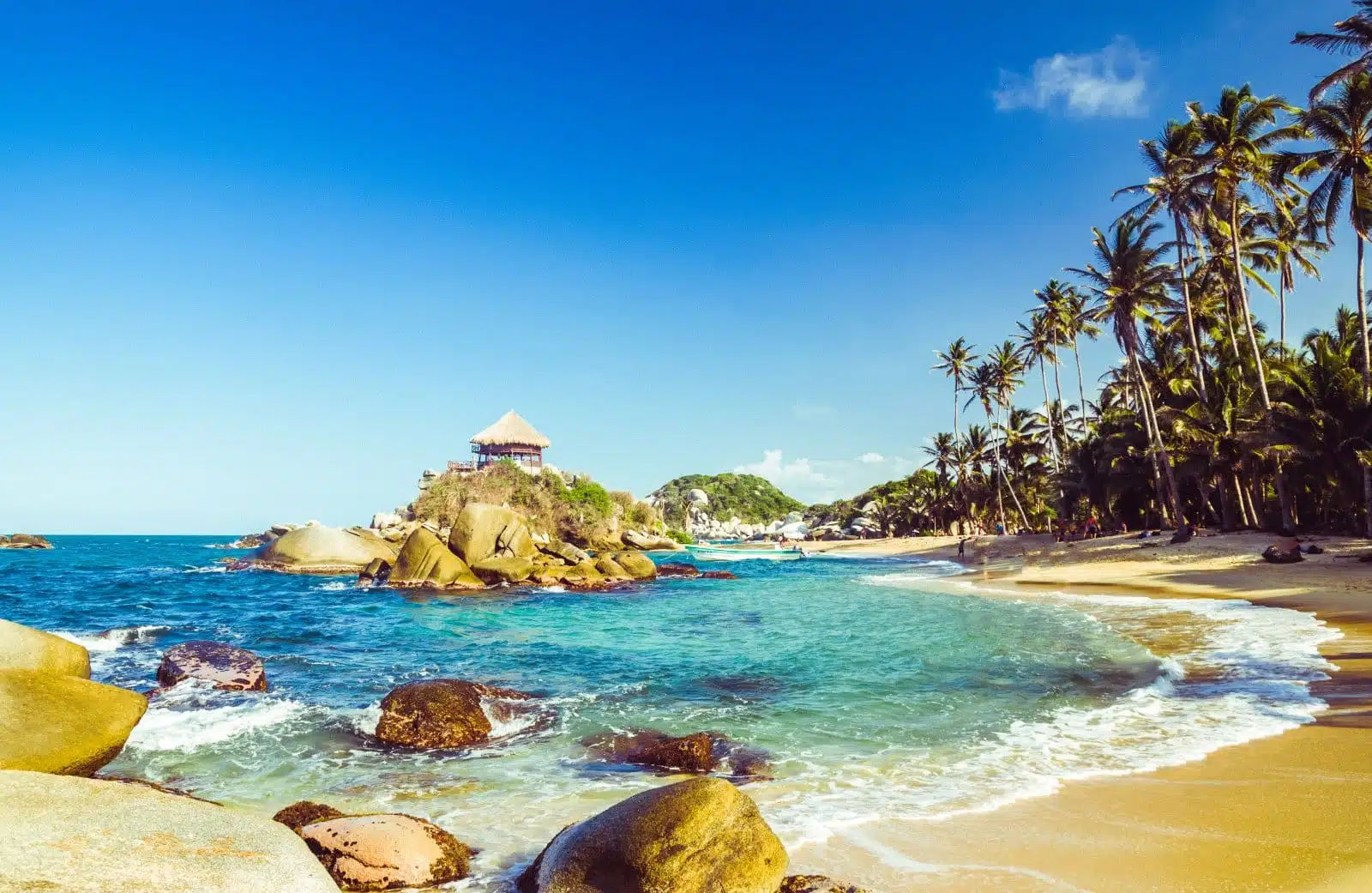
Image Credit: Shutterstock / streetflash
This coastal gem combines stunning beaches with a rich tapestry of biodiversity. Sustainable lodging options like eco-habs and tents allow you to responsibly enjoy the park’s natural beauty. Activities such as snorkeling, hiking, and exploring diverse ecosystems, from mangroves to coral reefs, offer a multifaceted experience of Colombia’s natural splendor.
Insider’s Tip
Visit the park during the week to avoid crowds.
When to Travel
The dry season from December to April offers the best weather for outdoor activities.
How to Get There
Fly to Santa Marta, Colombia, and then travel by road to the park.
8. Nicaragua’s Ometepe Island
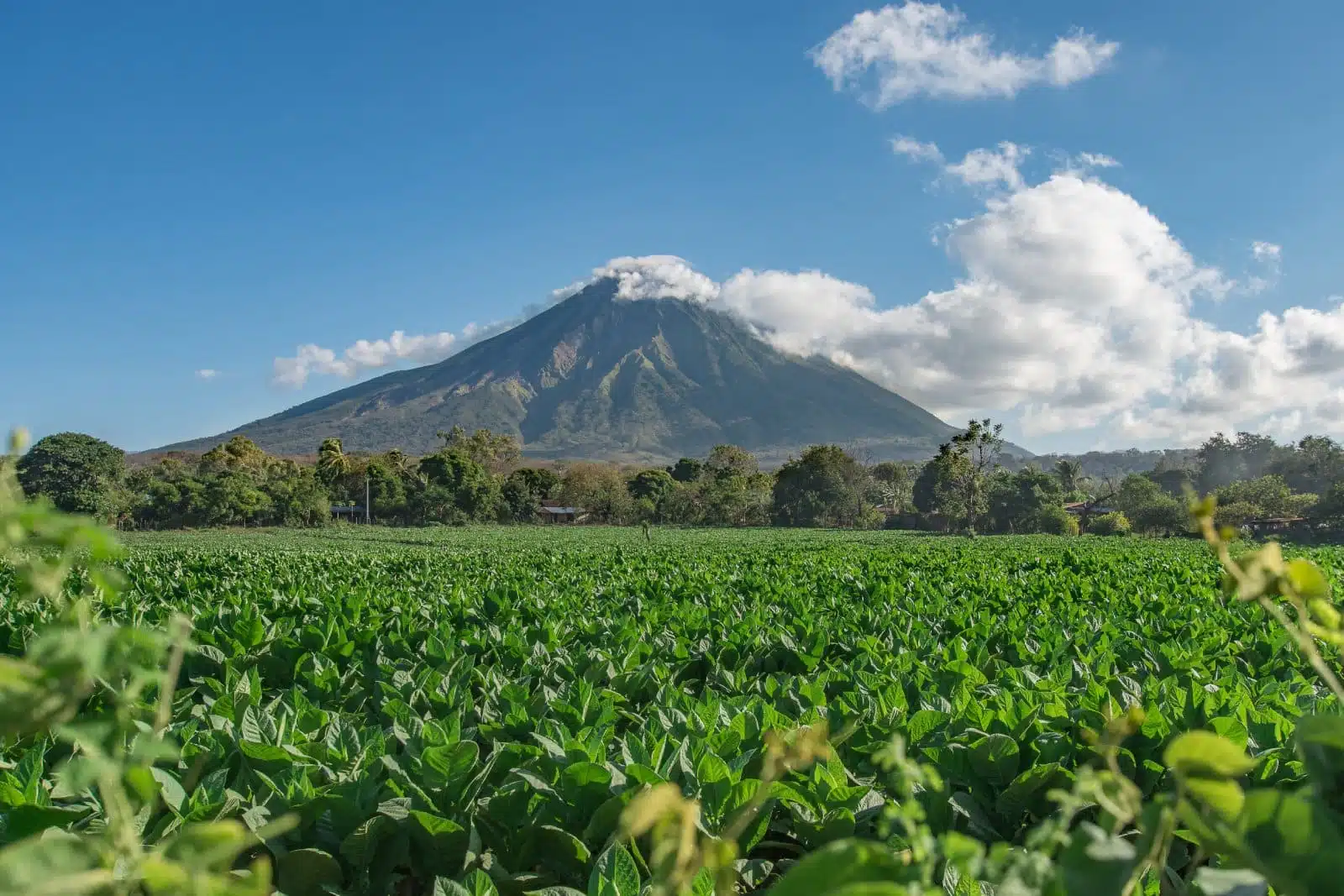
Image Credit: Shutterstock / Chrsitian Hartmann
Rising from Lake Nicaragua, Ometepe Island serves as a model for eco-tourism. Sustainable accommodations like Totoco Eco-lodge offer a base for exploring the island’s twin volcanoes, kayaking in serene waters, and visiting organic farms, each activity enriching your understanding of sustainable living.
Insider’s Tip
Rent a bike to explore the island’s rural charm and pre-Columbian petroglyphs.
When to Travel
The dry season from November to April is ideal for exploration.
How to Get There
Fly to Managua, Nicaragua, and take a ferry from San Jorge to Ometepe.
9. The Atacama Desert, Chile
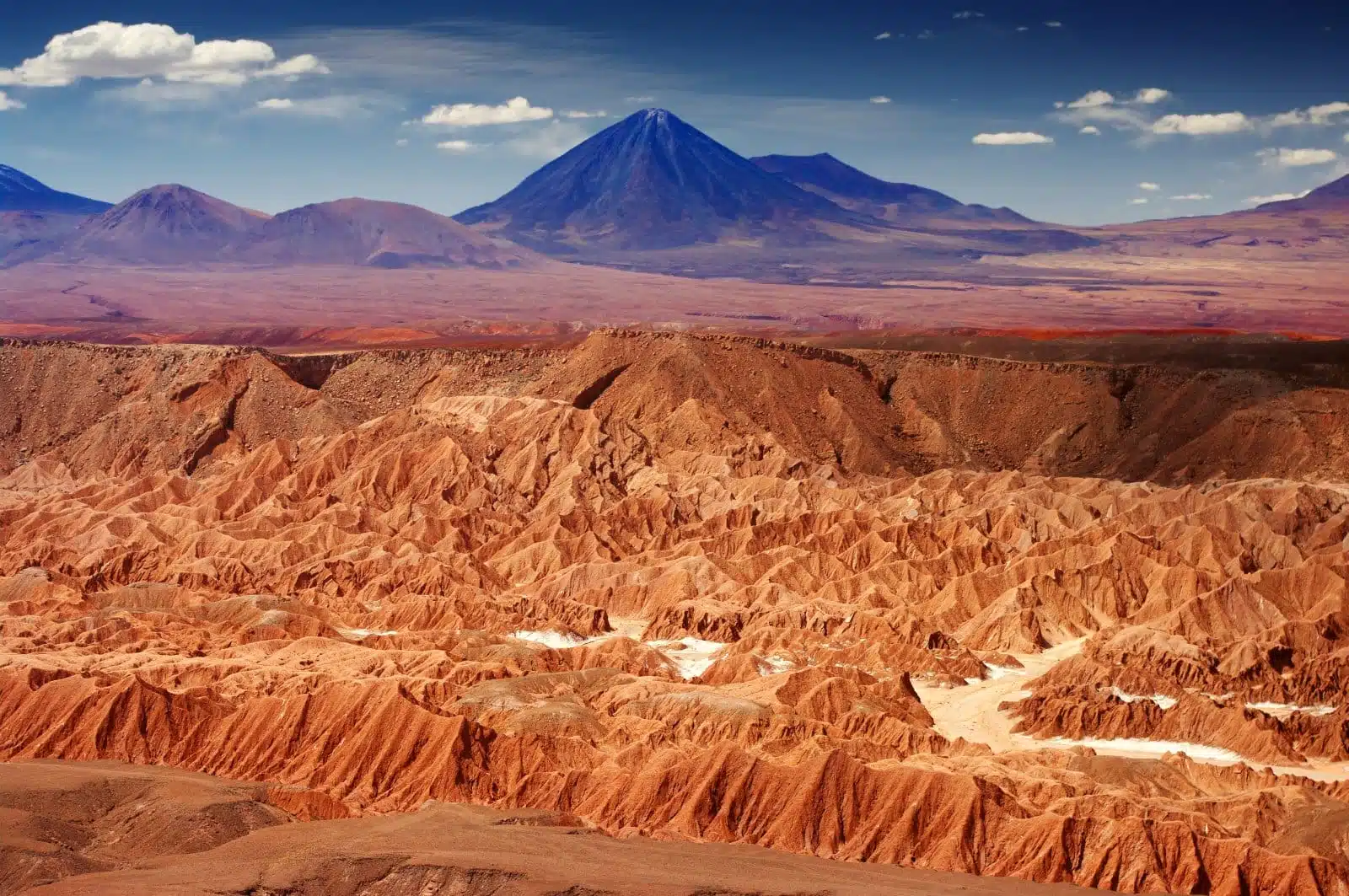
Image Credit: Shutterstock / Joolyann
The Atacama Desert, one of Earth’s driest regions, offers an extraordinary landscape for sustainable exploration. Eco-friendly lodges like Tierra Atacama emphasize sustainable architecture and provide tours to explore salt flats, geysers, and star-gazing opportunities, showcasing the stark beauty of this arid yet vibrant environment.
Insider’s Tip
Don’t miss the opportunity for night-time astronomy tours in one of the world’s best star-gazing destinations.
When to Travel
Year-round, though evenings can be cold, so pack accordingly.
How to Get There
Fly to Calama, Chile, then travel by road to San Pedro de Atacama.
10. Iguaçu Falls, Brazil/Argentina

Image Credit: Shutterstock / Nido Huebl
The majestic Iguaçu Falls, straddling Brazil and Argentina, provide a spectacular natural backdrop for eco-conscious travel. Eco-lodges in the area, like Belmond Hotel das Cataratas, allow for direct access to the falls and offer guided walks that underscore a commitment to environmental preservation.
Insider’s Tip
Take a boat tour for a unique perspective of the falls.
When to Travel
December to February offers lush scenery, though it’s also the busiest period.
How to Get There
Fly to Foz do Iguaçu, Brazil or Puerto Iguazú, Argentina, and then travel to the national park.
11. Machu Picchu and the Inca Trail, Peru
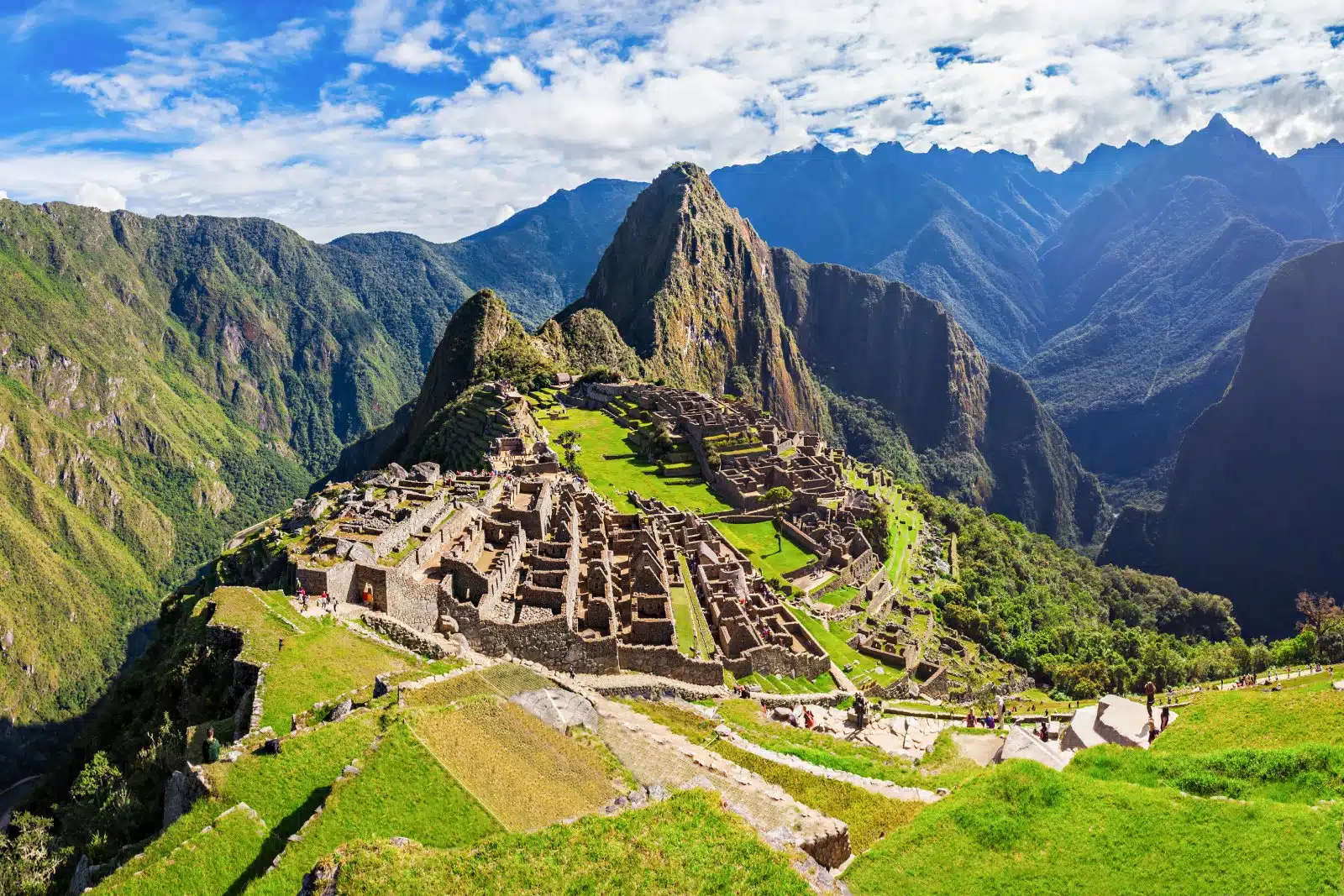
Image Credit: Shutterstock / saiko3p
The iconic Machu Picchu and the Inca Trail represent a journey back in time. Sustainable trekking companies like Mountain Lodges of Peru offer a responsible way to experience these ancient wonders. The trek brings you closer to Andean scenery and deepens your appreciation for local customs and traditions.
Insider’s Tip
Book your trek well in advance as permits are limited and sell out quickly.
When to Travel
The dry season from May to September is ideal for trekking.
How to Get There
Fly to Cusco, Peru, and then travel to the trailhead by road or train.
12. Lake Atitlán, Guatemala
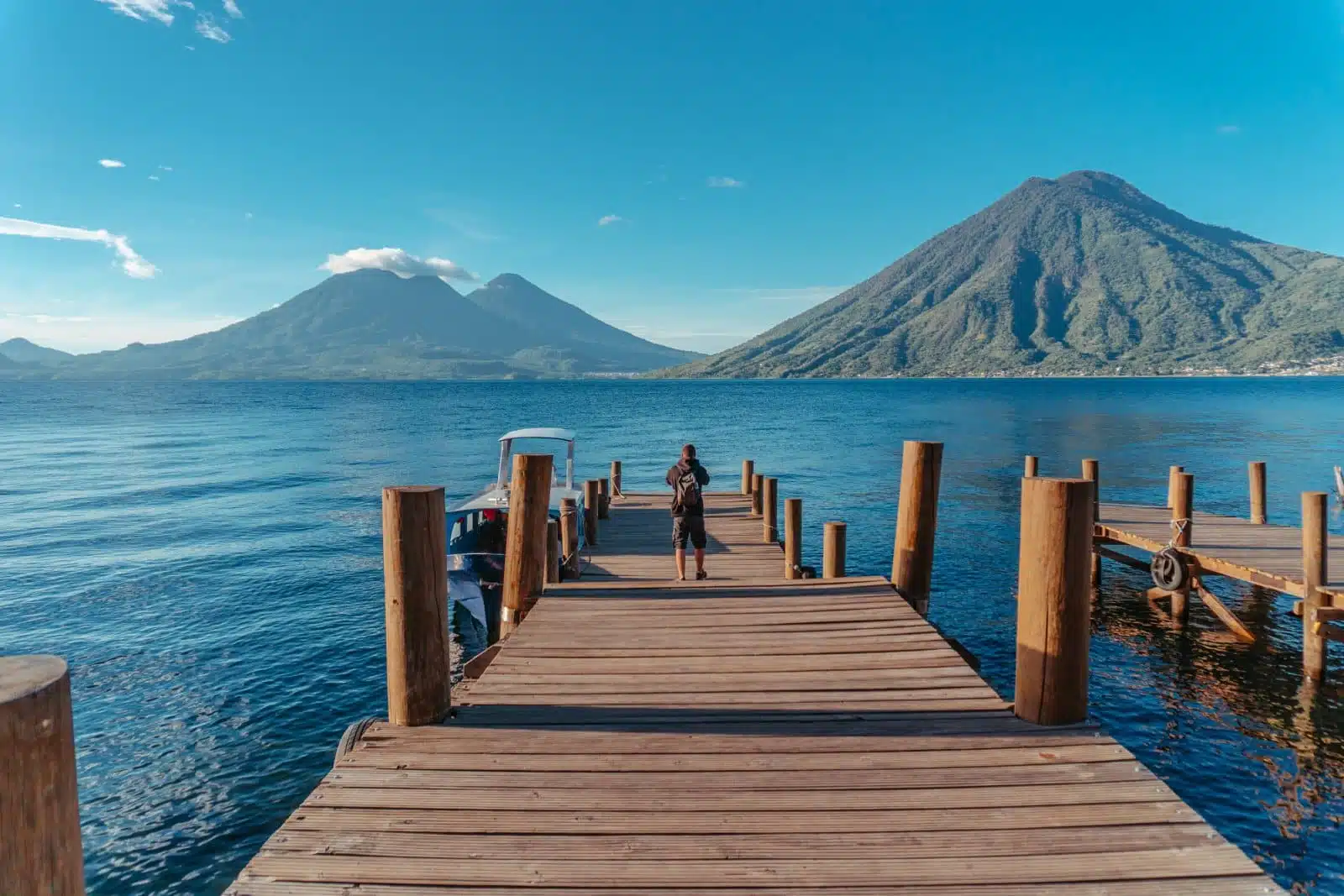
Image Credit: Shutterstock / Maria Palacios
Surrounded by volcanoes and traditional Mayan villages, Lake Atitlán offers a tranquil setting for sustainable travel. Eco-friendly accommodations like Casa del Mundo provide opportunities for kayaking, hiking, and cultural tours, allowing you to engage with the local community in meaningful ways.
Insider’s Tip
Participate in a traditional Mayan cooking class.
When to Travel
The dry season from November to April offers the most pleasant climate.
How to Get There
Fly to Guatemala City, then travel by road to Lake Atitlán.
13. Uyuni Salt Flats, Bolivia
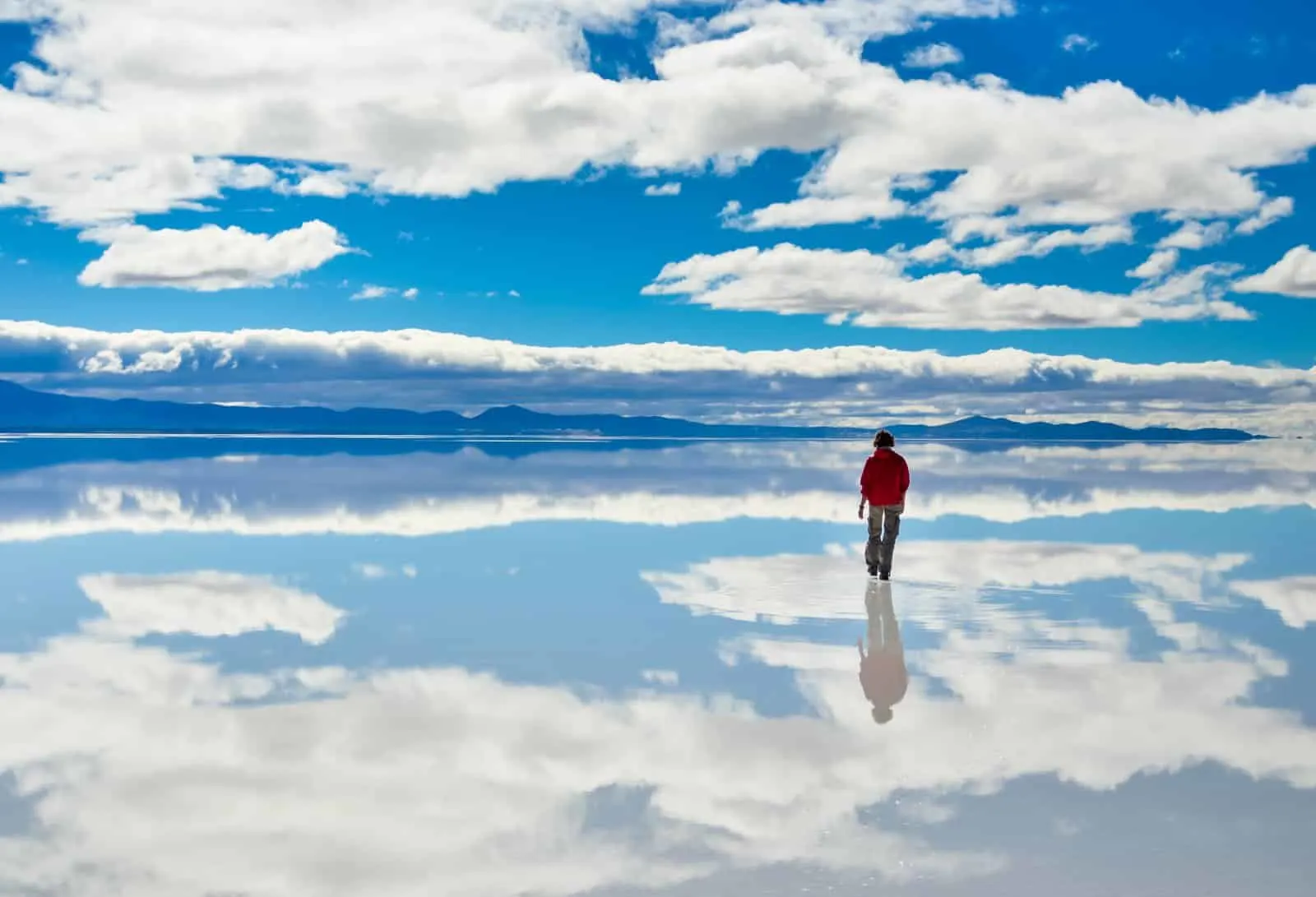
Image Credit: Shutterstock / Olga Kot Photo
The Uyuni Salt Flats present a landscape that seems otherworldly. Sustainable tours here take you across vast salt flats to visit cactus islands and flamingo-filled lagoons, each excursion stepping into an almost surreal natural wonder.
Insider’s Tip
Visit during the rainy season (December to April) for the mirror effect on the salt flats.
When to Travel
May to November for a dry, firm surface, ideal for touring.
How to Get There
Fly to Uyuni or take an overland tour from La Paz or San Pedro de Atacama.
14. El Calafate and Perito Moreno Glacier, Argentina
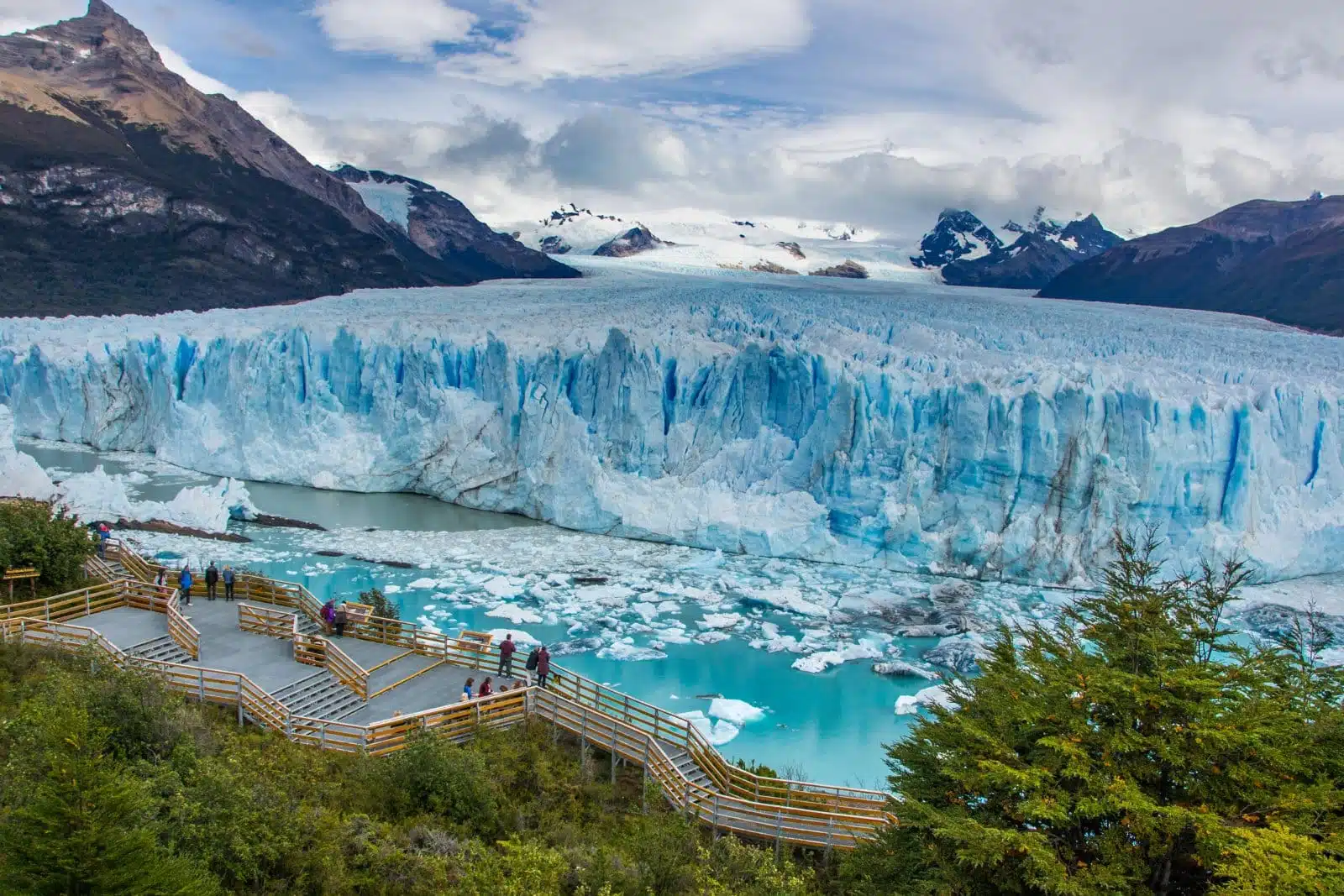
Image Credit: Shutterstock / Tetyana Dotsenko
El Calafate, the gateway to the Los Glaciares National Park, offers sustainable tourism opportunities with minimal environmental impact. Witness the stunning Perito Moreno Glacier and participate in eco-friendly glacier treks and boat tours.
Insider’s Tip
Opt for a mini-trekking experience on the glacier with expert guides.
When to Travel
October to April, with glacier trekking most accessible from November to March.
How to Get There
Fly to El Calafate and then travel by road to the national park.
15. The Cloud Forests of Monteverde, Costa Rica
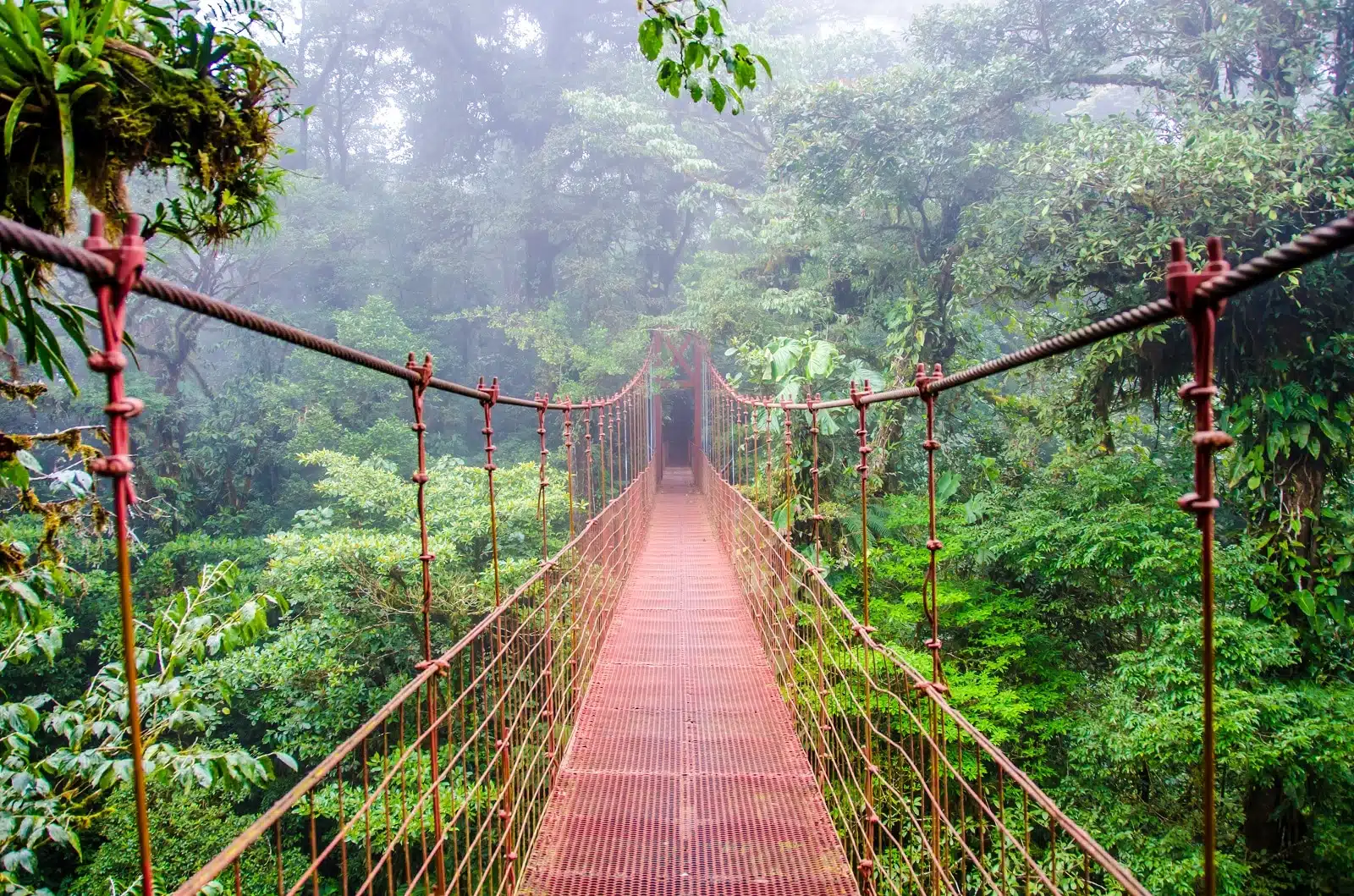
Image Credit: Shutterstock / Simon Dannhauer
Monteverde’s Cloud Forests are a sanctuary for eco-tourists. Lodges like Monteverde Lodge & Gardens offer guided walks through these ethereal forests, bird watching, and visits to butterfly gardens and coffee farms, each experience underscoring the importance of conservation and environmental education.
Insider’s Tip
Experience the forest canopy on a guided zip-line or skywalk tour.
When to Travel
The dry season from December to April is ideal, though the forest is lush year-round.
How to Get There
Fly to San José, Costa Rica, and then travel by road to Monteverde.
The Bottom Line
Embarking on a sustainable journey through Latin America promises awe-inspiring landscapes, encounters with unique wildlife, and an opportunity to travel responsibly. Each destination in this guide offers a chance to connect deeply with nature and local cultures while contributing positively to conservation efforts and community well-being. As you plan your Latin American adventure, remember that your choices as a traveler have the power to support sustainable practices, preserving these incredible destinations for future generations.
More From The Green Voyage
12 Best Practices for Sustainable Travel in 2024 – How to Travel With Minimal Environmental Impact
Unlocking Hotel Perks – A Traveler’s Guide to Maximizing Hotel Reward Programs for Optimal Benefits
Travel Hacks for Frequent Flyers – 6 Tips and Tricks to Make the Best of Air Travel
The post Travel Latin America – A Guide to 15 Responsible Holidays 2024 first appeared on The Green Voyage.
Featured Image Credit: Shutterstock / Galyna Andrushko.
For transparency, this content was partly developed with AI assistance and carefully curated by an experienced editor to be informative and ensure accuracy.
Tips for Trip Success
Book Your Flight
Find an inexpensive flight by using Kayak, a favorite of ours because it regularly returns less expensive flight options from a variety of airlines.
Book Your Hotel or Special Accommodation
We are big fans of Booking.com. We like their review system and photos. If we want to see more reviews and additional booking options, we go to Expedia.
You Need Travel Insurance!
Good travel insurance means having total peace of mind. Travel insurance protects you when your medical insurance often will not and better than what you get from your credit card. It will provide comprehensive coverage should you need medical treatment or return to the United States, compensation for trip interruption, baggage loss, and other situations.Find the Perfect Insurance Plan for Your Trip
